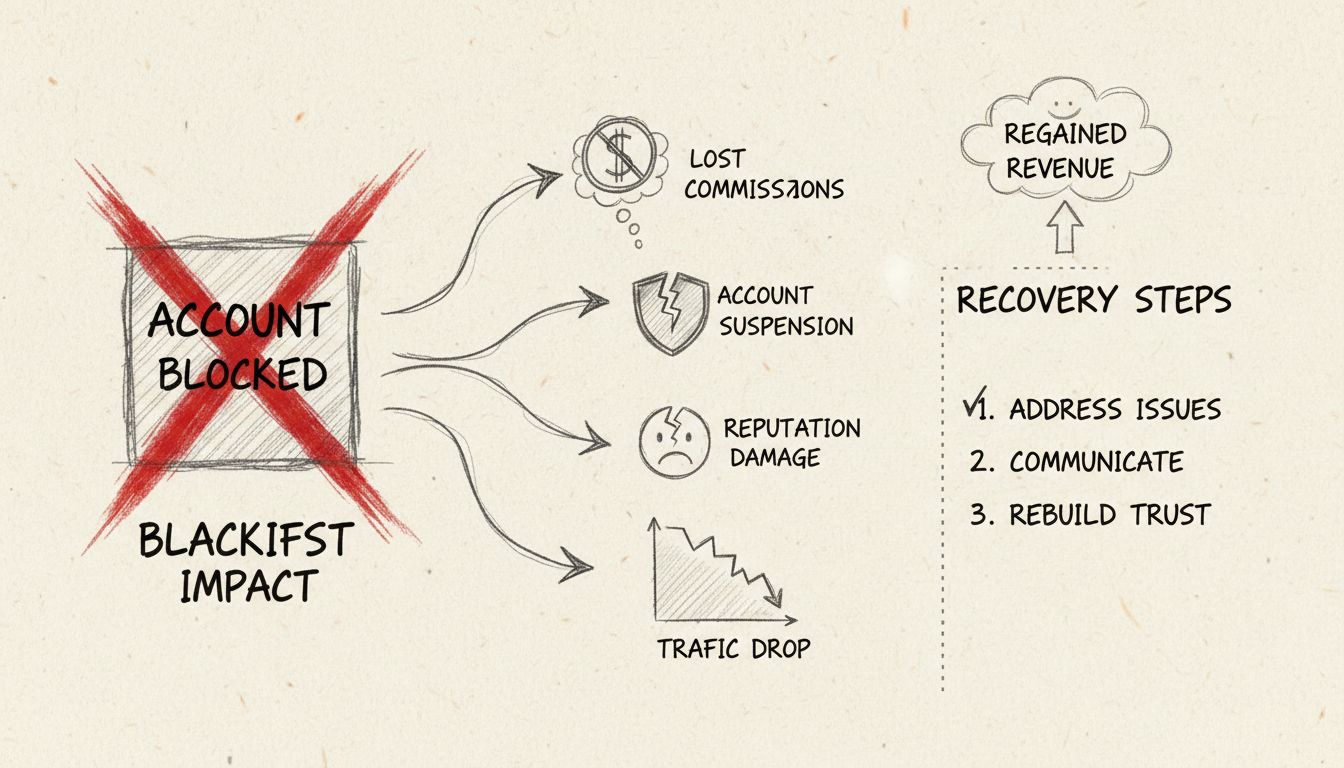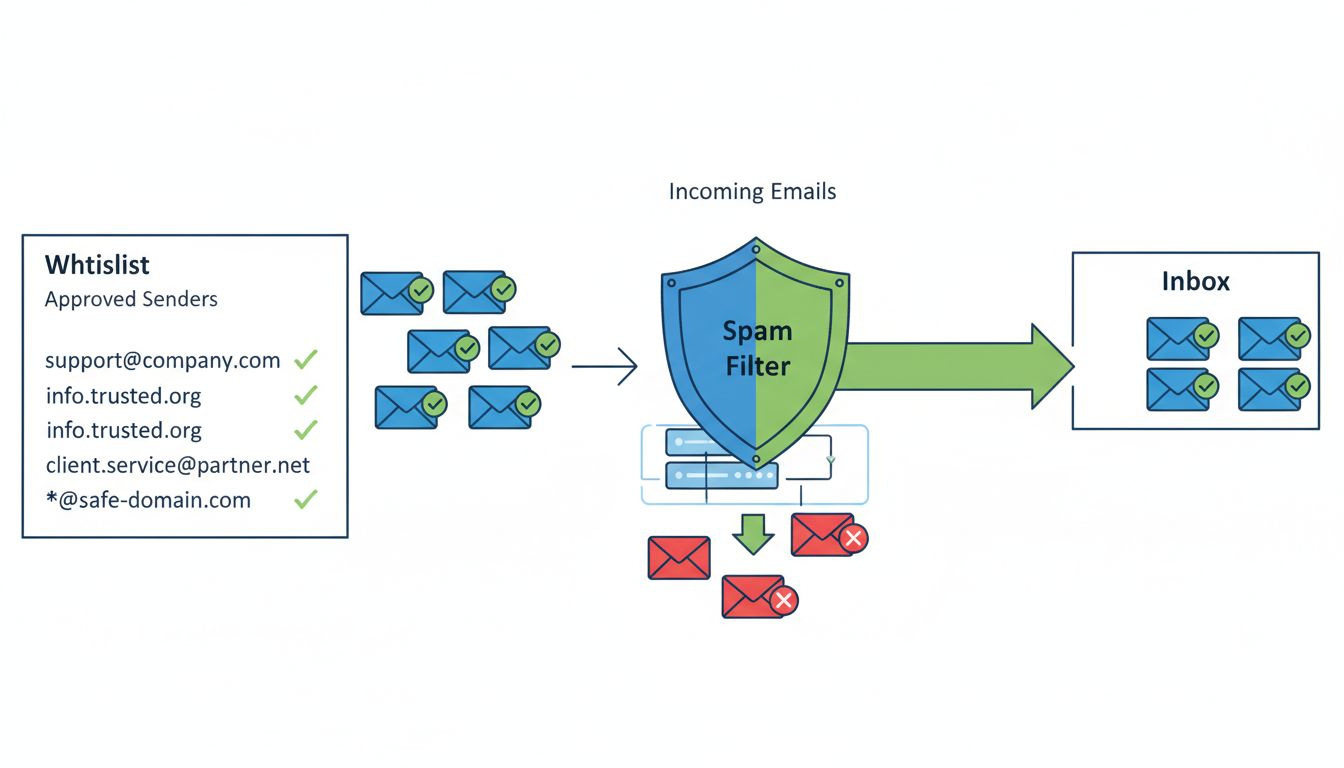Blacklist: How It Affects Affiliate Marketing
A blacklist is a list or collection of blacklists. Every dubious IP address that distributes spam is added to this blacklist.
Whitelisting in marketing is a strategy that permits only selected, high-quality traffic sources to participate in campaigns, boosting efficiency, targeting, and ROI in affiliate and influencer advertising.
Whitelisting in affiliate marketing is a sophisticated strategy employed to enhance advertising efficiency by permitting only selected, high-quality traffic sources to engage with a marketing campaign. This technique is crucial for fine-tuning advertising efforts and ensuring that only relevant and trustworthy traffic is directed towards a specific campaign, thereby optimizing conversion rates and maximizing return on investment (ROI).
In the digital marketing ecosystem, whitelisting serves as a pivotal tool for ensuring effective audience targeting. It allows marketers to focus their resources on traffic sources that have consistently demonstrated the ability to deliver quality conversions. By doing so, marketers can achieve better alignment between their marketing goals and the audiences they target, ultimately leading to improved campaign performance.
In the realm of affiliate marketing , a whitelist is essentially a curated compilation of high-performing traffic sources or affiliates . These sources have proven their ability to deliver satisfactory conversions, often including specific websites, publishers, or even particular ad creatives that have historically yielded positive results. The primary goal of whitelisting is to concentrate marketing efforts and resources on these proven entities, thereby enhancing the efficiency and profitability of marketing campaigns.
Whitelisting and blacklisting are complementary strategies in digital marketing. While whitelisting involves allowing only selected sources, blacklisting is the practice of blocking or excluding certain sources known for poor performance or fraudulent activities. By employing both strategies, marketers can refine their traffic sources and enhance campaign performance.
In social media and influencer marketing, whitelisting has a distinct yet related application. Here, it involves influencers granting brands permission to use their social media accounts to run ads. This approach allows brands to leverage the influencer’s audience and credibility while maintaining control over ad content and targeting.
Despite its benefits, whitelisting presents certain challenges. Marketers must continuously monitor performance metrics to ensure that whitelisted sources remain effective. Additionally, there is a need for regular updates and refinements to whitelists to adapt to evolving market conditions and consumer behaviors.
Utilize Technology: Leverage tools and platforms that offer automated whitelisting features to streamline the process and enhance efficiency.
Regular Performance Reviews: Continuously assess the performance of whitelisted sources to ensure they meet desired metrics and adjust whitelists as necessary.
Collaborative Efforts: Engage with traffic sources and influencers to gather insights and optimize strategies collaboratively.
Dynamic Adjustments: Be prepared to adjust whitelists based on new data, market trends, and campaign objectives.
A whitelist is a list of email addresses or domains that are considered to be safe and are not blocked by spam filters.
A whitelist is a list of approved email addresses or domains. Email servers use whitelists to determine whether or not to deliver emails to a particular address.
Being put on a whitelist means to be put on a list of approved entities.
Discover how whitelisting and other strategies can boost your marketing campaign performance and ROI.
A blacklist is a list or collection of blacklists. Every dubious IP address that distributes spam is added to this blacklist.

Learn what happens when you get blacklisted in affiliate marketing, the consequences for your account and revenue, and how to recover. Expert guide for 2025.

Learn how email whitelists work, why they're essential for email deliverability, and how to whitelist senders in Gmail, Outlook, Yahoo, and Apple Mail. Expert g...
Cookie Consent
We use cookies to enhance your browsing experience and analyze our traffic. See our privacy policy.